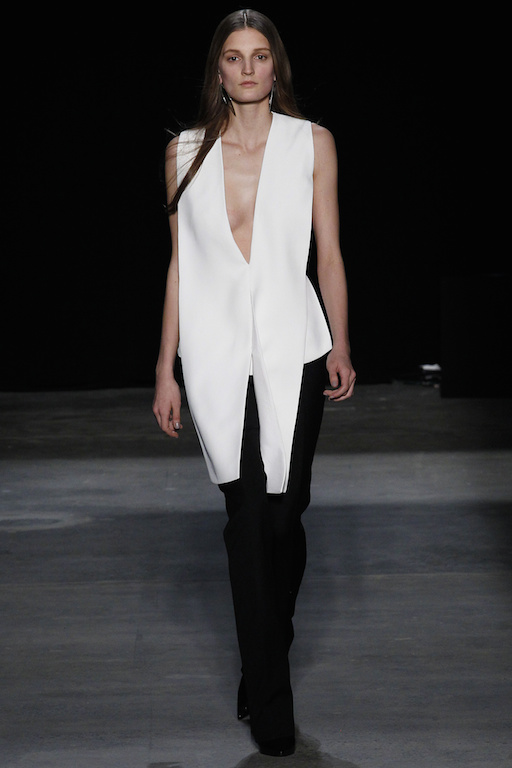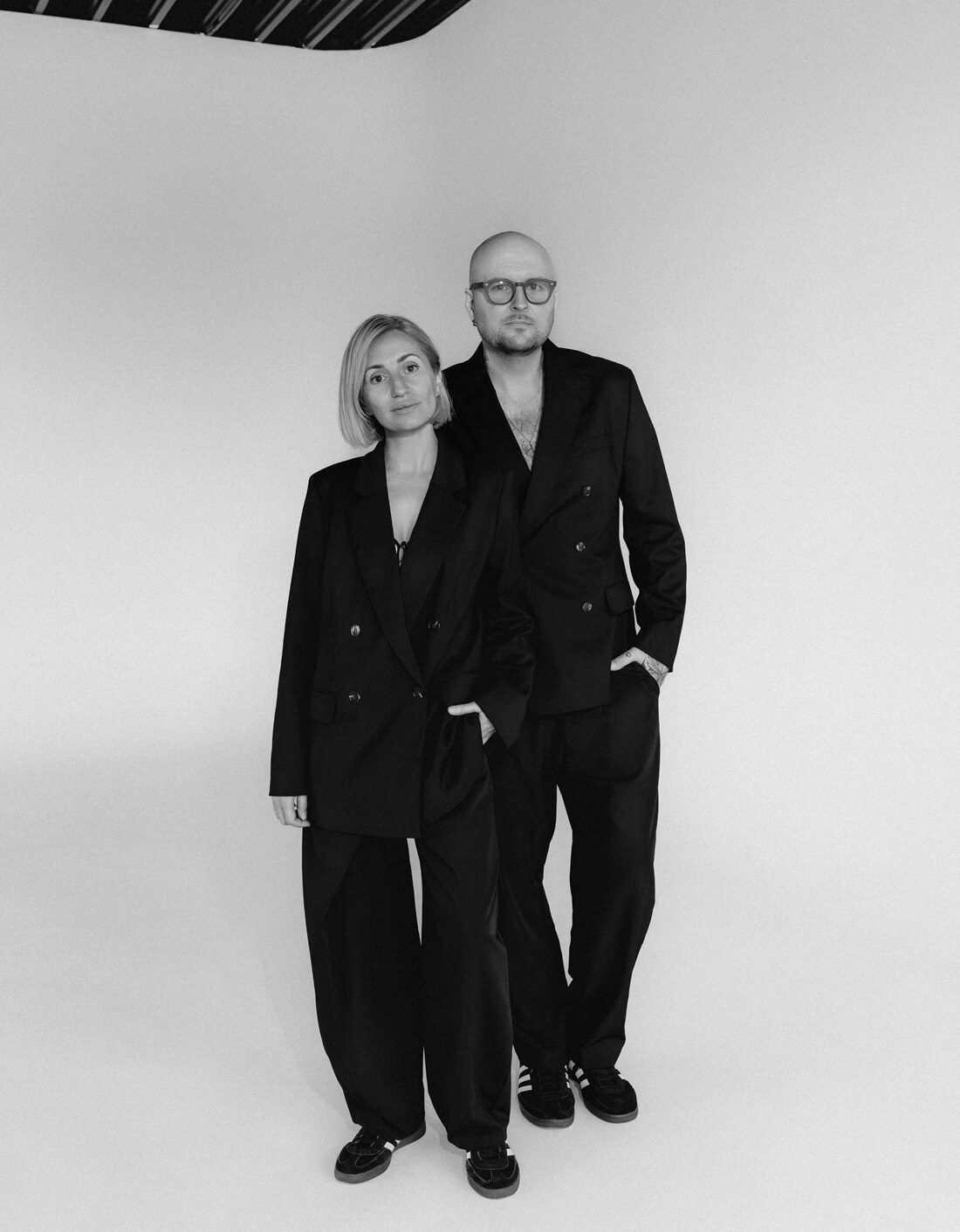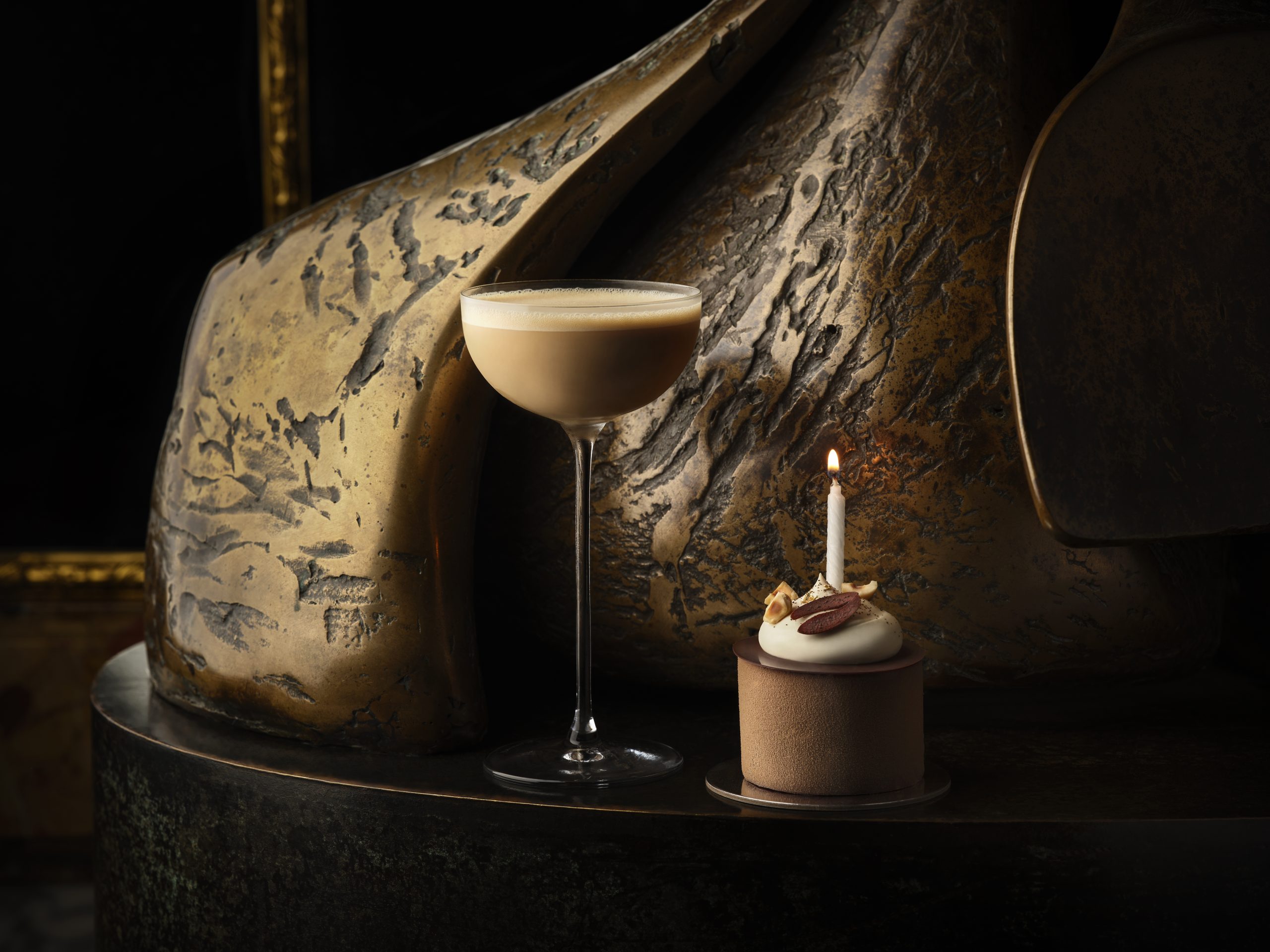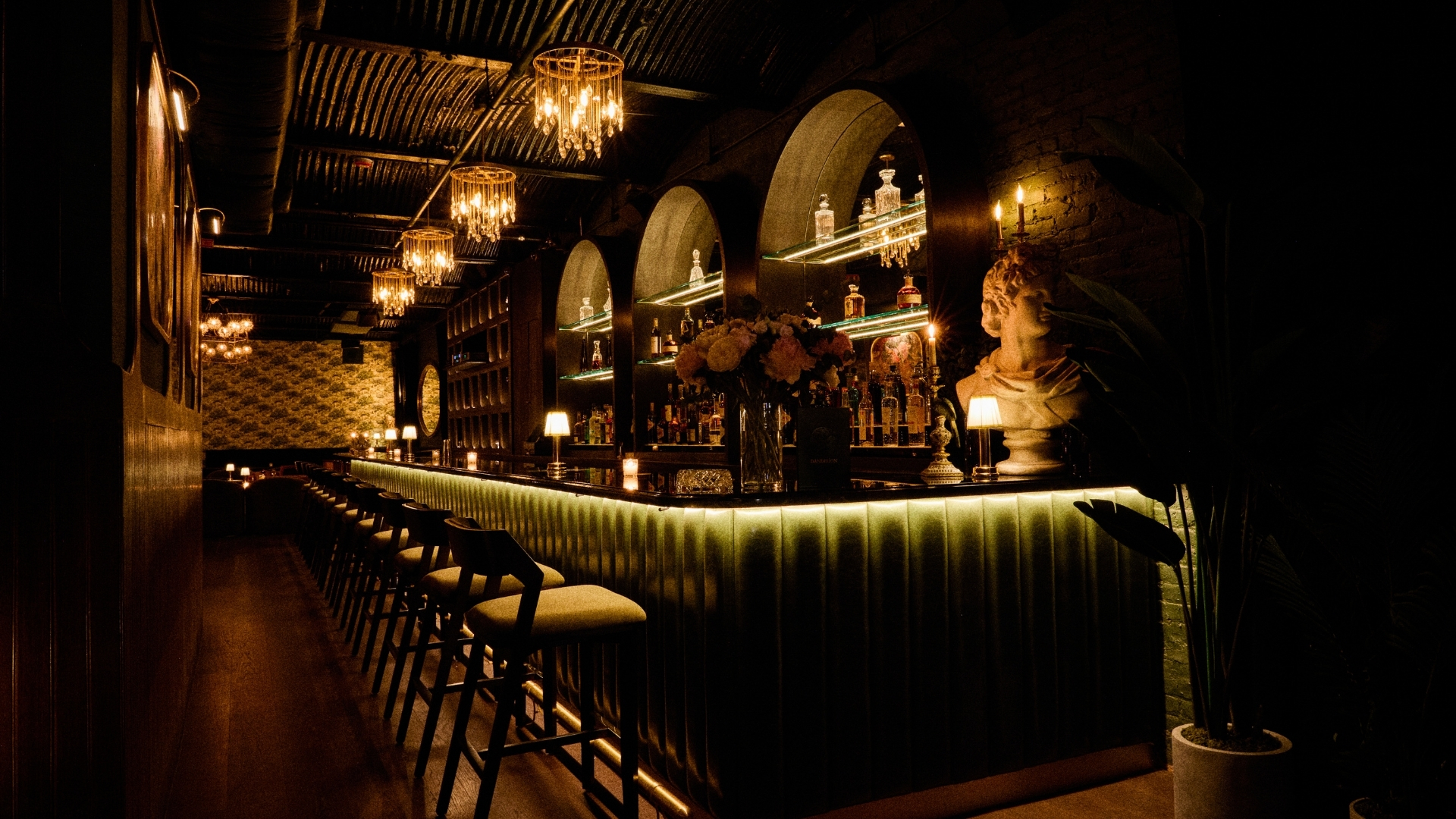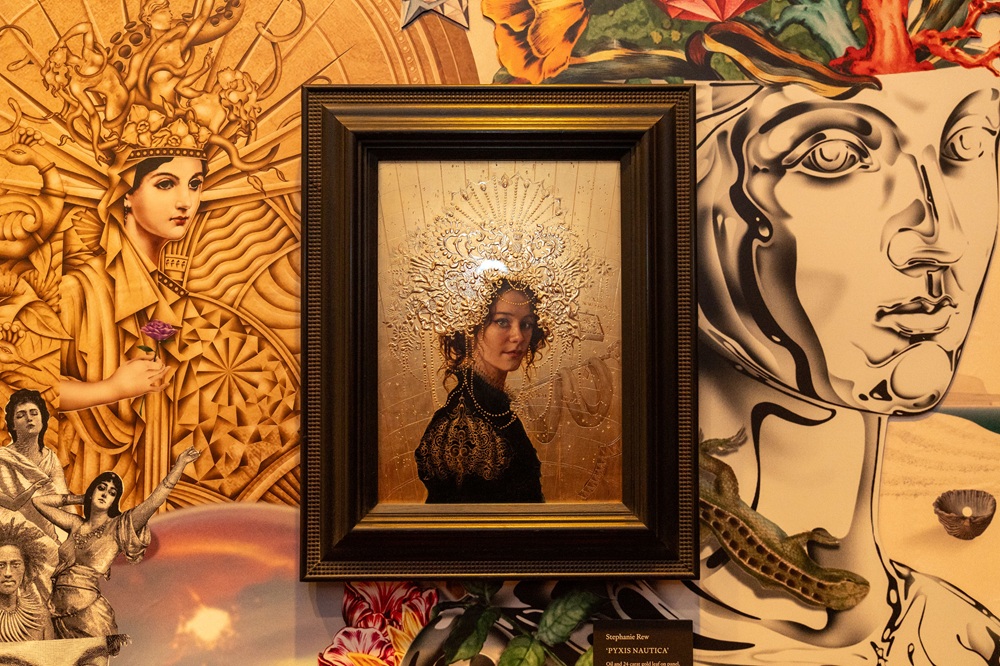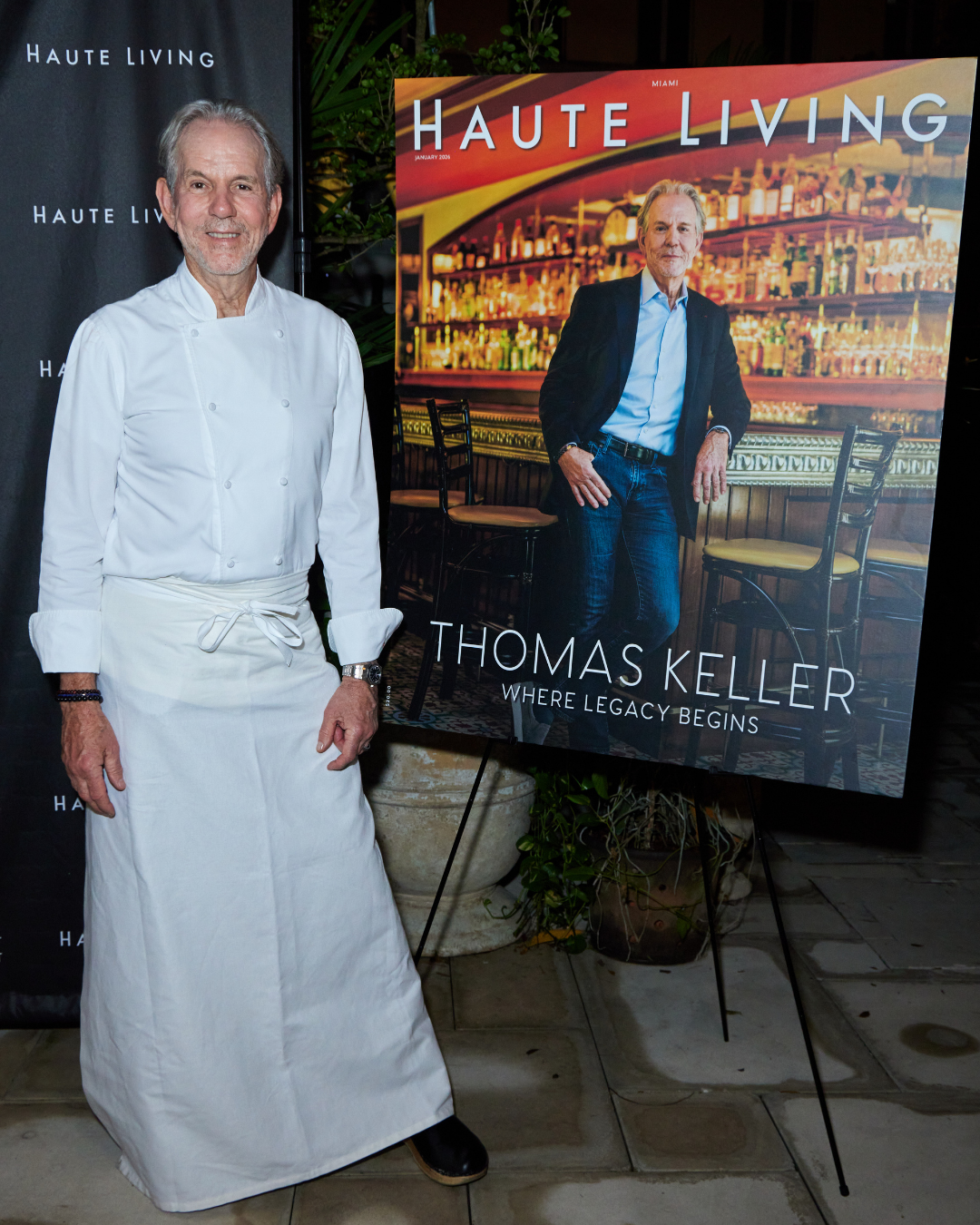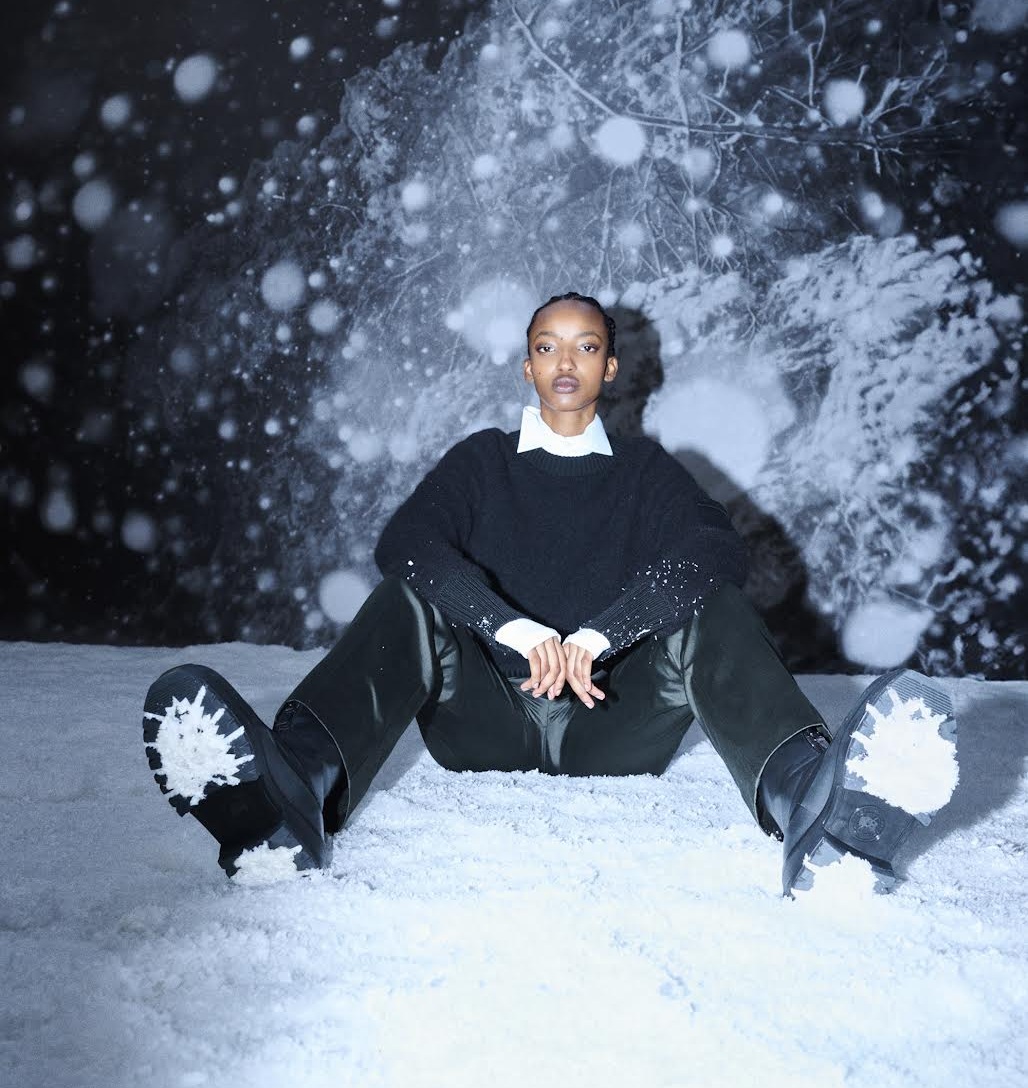Narciso Rodriguez on Michelle Obama and His Frost Retrospective

It’s been nearly eight years since First Lady Michelle Obama wore a Narciso Rodriguez dress on the very special Tuesday night in November of 2008 when her husband was elected. The strong graphic red and black design shone a very bright spotlight onto the American designer of Cuba descent. “I was so honored—and surprised—by her choice. I believe she chose it because its boldness was in line with her husband’s promise of change for America,” explains Rodriguez from his New York studio as he simultaneously prepares for New York Fashion Week and an exhibition begining October 9 at the Patricia & Phillip Frost Art Museum at Florida International University.
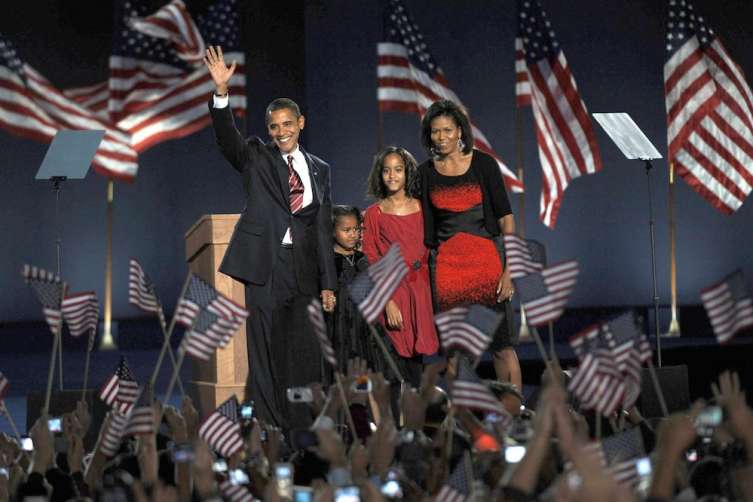
In addition to other things, no doubt the exhibit will address the attention from that night that catapulted the already-popular designer to next-level status and caused similar designs to fly off the racks of retailers like Saks Fifth Avenue and Bergdorf Goodman, a phenomenon generally reserved for celebrities, not first ladies.
“I am in awe of our first lady,” says the designer. “She is so wise, compassionate, witty and down-to-earth—and her energy astounds me. She has accomplished so much with such grace and fortitude, and my admiration for her has just continued to grow over the years.” So has Mrs. Obama’s collection of Narciso Rodriguez dresses, which she would continue to wear in private and for high-profile events following that big first night. “She uses fashion to convey a message of strength, power and elegance wherever she goes,” he says. This year, she chose to wear a marigold-colored shift dress for the president’s last State of the Union address, which Rodriguez thinks indicated “a message of optimism.”
Mrs. Obama wasn’t Rodriguez’s first brush with high-profile clients, however. In 1996, he designed the late Carolyn Bessette Kennedy’s famous wedding dress. The sleek, trend-setting bias-cut sheath dress wound up on the cover of every magazine and thrust the young designer into the public eye for the first time. “I’ve been very fortunate to have been chosen to create looks for some really amazing women at very meaningful times in their lives,” he says looking back. Bessette’s choice was not a random one. The two had become friends when he designed for Calvin Klein while she was the public relations director of the company. She was a genuine fan of his work. “As a teenager, my two goals were to attend Parsons School of Design and to work for Donna Karan,” he says. “I was very lucky to achieve both, and then do something I never dreamed [possible]… work under Calvin Klein.” There, Rodriguez says he was exposed to many aspects of fashion, including advertising and was given a lot of freedom. “I also made some of the most important and enduring relationships of my life, it was a unique experience.”
He later went to Tse, Cerruti and Loewe before launching his own “Narciso Rodriguez” label in 1997, just ahead of his “New Designer of the Year” award from Vogue/VH1 Fashion Awards. That same year he received the CFDA ”Perry Ellis Award” in 1997.
He launched his own fragrance in 2003, something he says was always a dream. “A woman’s fragrance is her signature, and I felt that it would be the best way to communicate what this house was about. Musk is the heart of his first fragrance and each one he’s formulated ever after. “It’s raw yet refined, classic yet modern. Musk is also very mercurial, with an uncanny ability to reflect the nature of whoever wears it.”
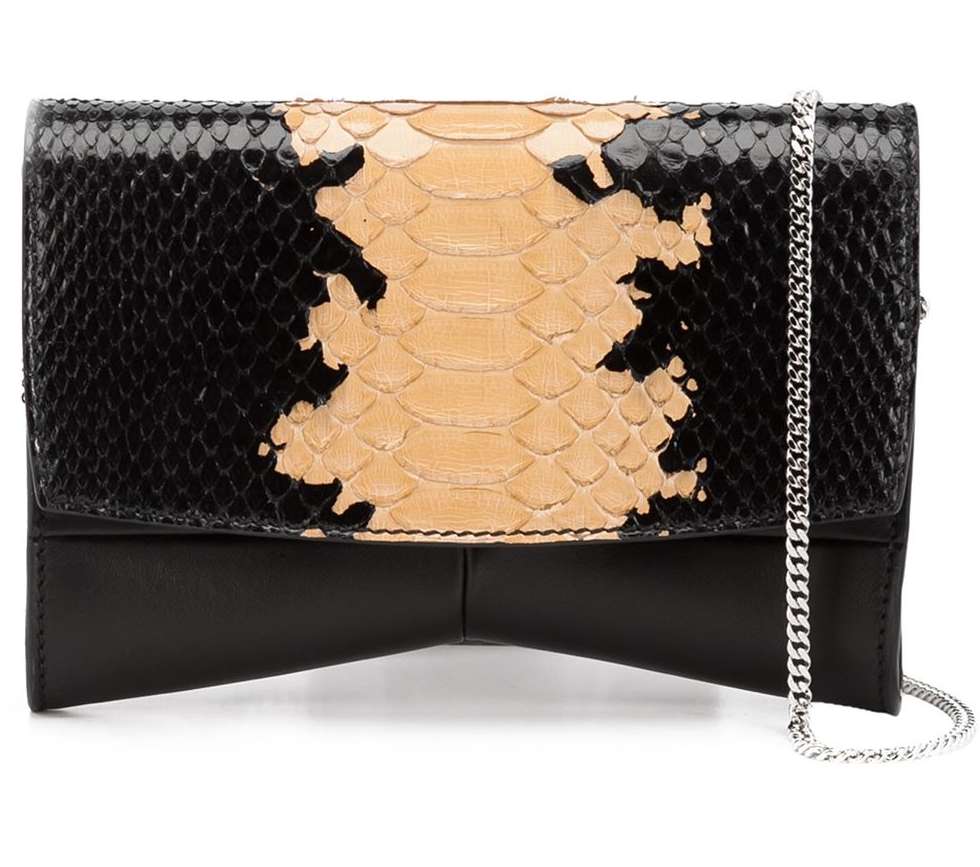
handbag
Rodriguez has also started a handbag line that helps take his looks from the runway into real life. “The launch succeeded my expectations,” he says of the accessories that range from leather bowler totes to exotic- skinned clutches. All boast clean lines the designer is famous for.
This year, in recognition of his astounding career, the Patricia & Phillip Frost Art Museum at Florida International University will be opening a Narciso Rodriguez exhibition on October 16, exploring his career and celebrating his unique aesthetic. The show will be the museum’s marquee exhibition during Art Basel Miami Beach, assuring the fashion and art crowds will see it. It will be called “Narciso Rodriguez: An Exercise in Minimalism.”
Minimalism is not usually what comes to mind from Latin designers, but Rodriguez was born and raised in the United States. Still, he says his Latin roots and North American influences play equal parts when he’s designing. “While I’m interested in the construction and architecture of clothing, my work is about celebrating the body and its sensuality— traits often perceived as influenced by Latin heritage,” he explains. “The pragmatism and accessibility of the work is purely American. I value both my Latin and my American heritage, and both sides are essential.”
In 2005, Time magazine named Rodriguez as one of the 25 Most Influential Hispanics in America. “That came as such a sweet surprise,” he says. “I’ve met many young minority professionals who saw the list and told me how much it meant to them to see someone from a Latino background, like theirs, succeed.” That was more than 10 years ago, so it’s a little surprising that in the fall of 2016, due to one specific presidential candidate, that a new wave of hostility is being directed toward immigrants both Latin and Middle Eastern.
“The U.S. would not be the vibrant, eclectic country it is without immigrants,” says Rodriguez. “This country was built by immigrants and it continues to grow and change because of its embrace of immigrants. People like my parents took great risks to come here and build new lives for themselves and their children.” He adds that it “took great courage, selflessness and tenacity, and I am as proud of their accomplishments as they are of mine.”
While he has appeared in several museum exhibitions before, including MoCA’s “Skin and Bones” in L.A. and a solo show in San Juan, Puerto Rico, “Narciso Rodriguez: An Exercise in Minimalism” promises to be another milestone in the designer’s career. Co-curated by Elle Magazine creative director Alex Gonzalez and Frost Art Museum at FIU curator Klaudio Rodriguez, the exhibition promises to bring the designer’s style to an even wider audience. “Alex said to me, ‘For as long as I’ve known you, you have been perfecting this idea of minimalism that is unique to you.’” So together, along with Klaudio Rodriguez, they went back through nearly two decades of archives to come up with the best representations of his work. “The pieces we chose are defined by their graphic quality, architectural elements, technical complexity and purity of form,” he says. The show includes designs, sketches and films as the designer has been very involved with the arts, collaborating on many projects and films, including The Family Stone in 2005, and the 2008 reboot of The Women.
He may not have always had museums in mind, but it was always Rodriguez’s goal to create something enduring. “When I began my career, I set out to create fashion that was carefully considered, well-crafted and would have longevity,” he says. “My intention is to create pieces that you would never part with; pieces that you might save for your daughter to wear and that, perhaps, she would save for her daughter.” Or, hang in a museum.
